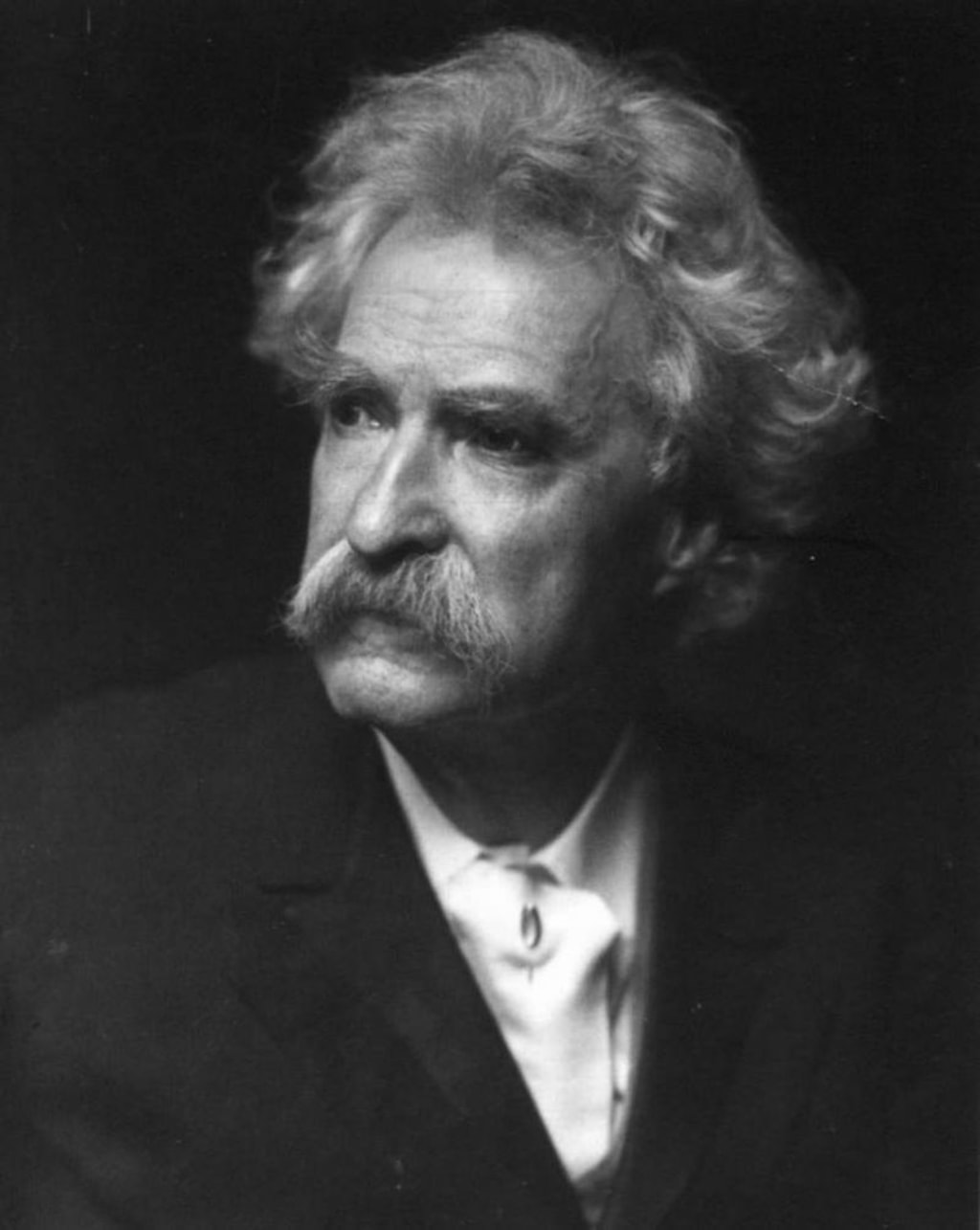
Part One
Mark Twain’s real name was Samuel Langhorne Clemens. The phrase he would come to use as his pen-name was one he first heard while working as a boatman on the Mississippi River between 1857 and 1861. For freshwater sailors, “mark twain” means a depth of two fathoms, the shallowest point at which it remains safe to continue navigating. The term was used as a warning-cry on boats that were heading into dangerously low waters.
In other words, Clemens chose a pseudonym which announced itself as a joke. Like Benjamin Franklin several generations before him, Mark Twain was regarded as the greatest American humorist of his age.
Nor is that the only resemblance. Although Mark Twain was frequently irreverent about Benjamin Franklin in his writing, there is by coincidence a surprising degree of overlap in the early lives of these two famous American authors. Just like Franklin, Twain trained as an apprentice printer, published his first written pieces while working on a newspaper edited by his older brother, and travelled to Philadelphia as a young man seeking employment. Mark Twain was aware of these similarities, and while he was in Philadelphia in the mid-1850s he visited Franklin’s grave to pay his respects.
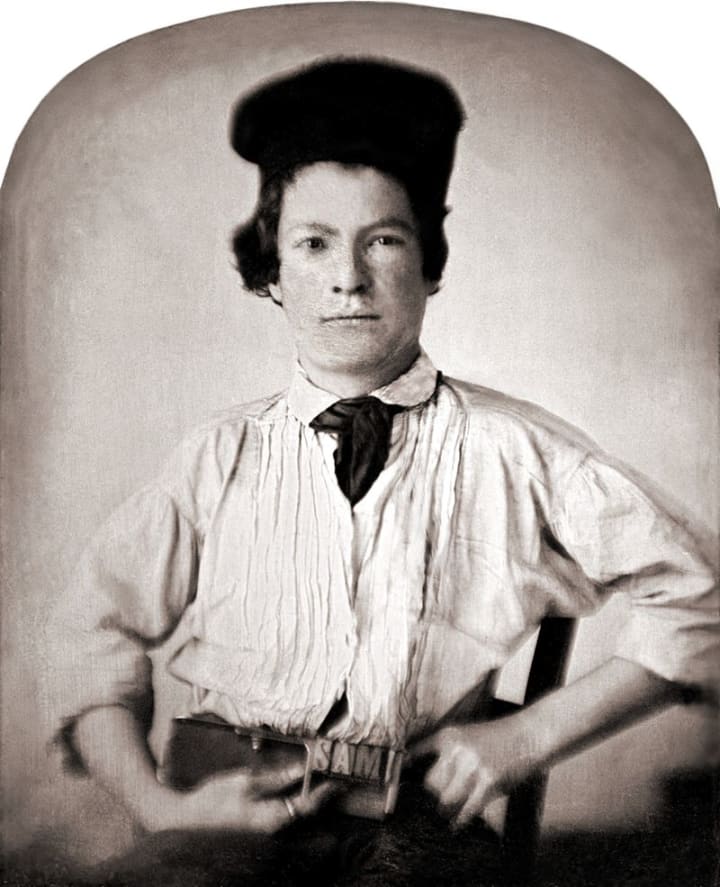
Besides his work on riverboats, Twain pursued a wide range of occupations from public lecturing to mining, whilst also establishing himself as a respected journalist and author. He was supported early in his career by the humorist Artemus Ward, and later by friends and neighbours including B. P. Shillaber, Harriet Beecher Stowe, William Dean Howells, Charles Dudley Warner and Bret Harte, though Twain and the last named eventually became enemies.
One of the most characteristic traits of Twain’s writing was his use of comic or fantastical styles to address what were in fact important real-world issues of his day. Twain’s two novels The Prince and the Pauper and A Connecticut Yankee in King Arthur’s Court, for example, are set in Medieval times but actually address the inequality and exploitation that existed in the pre-Civil War American south. Mark Twain was strongly opposed to the slavery and racial discrimination that had existed there in his Antebellum youth, and had continued in other forms into the Reconstruction era. He also condemned through his writing American imperial aspirations of the late Nineteenth Century, and other topics such as religious extremism and cruelty to animals.
Mark Twain, though a great author, was an unwise investor and late in life fell heavily into debt, having parlayed most of his money into disastrous enterprises. His last years were also a time of great personal sadness, in which his wife and both daughters died ahead of him. Twain became increasingly eccentric and paranoid during this time. He had always been a stern critic of the direction American society seemed to be headed, but in old age was more outspokenly bitter than ever before. His well-crafted public image, complete with white suit and large cigar, became his day-to-day wear all the year round.
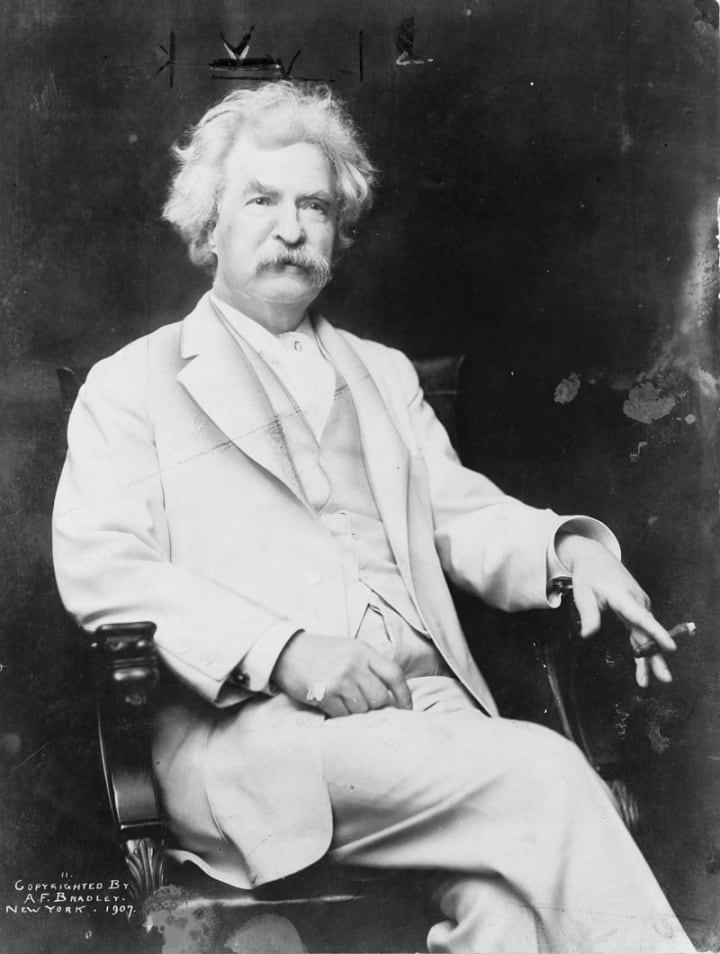
Mark Twain’s last book was a short novel titled The Mysterious Stranger. The story is about some children in an Austrian village long ago, and their friendship with an handsome and charismatic older boy...who is possibly Satan.
The older boy himself claims to be an angel, the nephew of Satan, after whom he is named. Whether or not he is telling the truth, he certainly possesses limitless supernatural power. Soon he is exercising his divine influence over the lives of the other boys and their whole village. His friends, however, ultimately decide to “ask no more favours of Satan for friends of ours, for he did not seem to know any way to do a person a kindness but by killing them.”
At the end of the novel, Satan’s closing words to the young narrator and protagonist run thus:
“…there is no God, no universe, no human race, no earthly life, no Heaven or Hell. It is all a dream – a grotesque and foolish dream. Nothing exists but you. And you are but a thought – a vagrant thought, a useless thought, a homeless thought, wandering forlorn among the empty eternities!”
Sadly enough, most scholars conclude that the sentiments here expressed speak accurately of the way in which their author had by that time come to feel about man and his place in the world. Mark Twain died in 1910.
Part Two
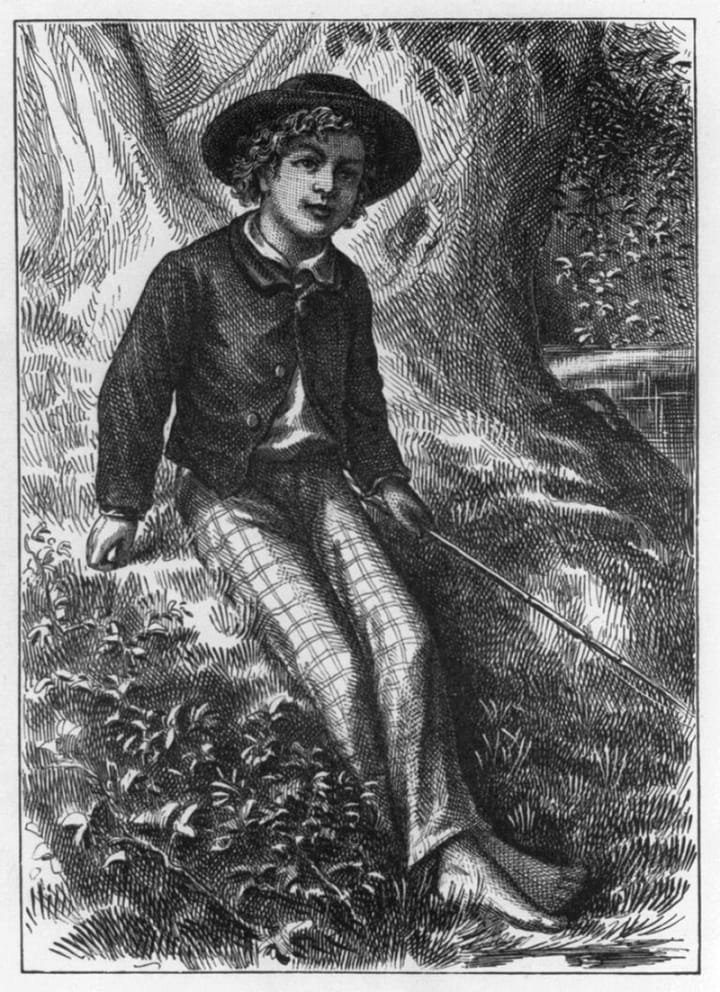
One of Mark Twain’s greatest contributions to the writing of his time was to introduce a considerably more ironical and realistic edge than American literature had displayed before. This was especially so of moralistic or “improving” stories for children, as Peter Stoneley observes:
“The implication for those such as Twain, who offered ‘truth to life’, was that ‘improving’ fiction was a falsification of what children actually knew; that ‘improving’ fiction was so obviously a form of lying that it only confused or repulsed its readers, who were best-served by fiction that had a greater degree of realism.”
Twain’s companion-pieces ‘The Story of the Good Little Boy’ and ‘The Story of the Bad Little Boy’ are deliberate subversions of “improving” fictions, for they tell the tales of children who are neither rewarded for good deeds nor punished for bad ones. However, as has often been remarked, there are times we can detect two different Mark Twains in that author’s writing. This is particularly apparent in The Adventures of Tom Sawyer, a tale aimed at children and the first novel Twain wrote without a collaborator. Set “thirty or forty years ago” – that is, in the Antebellum or American Renaissance years – much of Twain’s writing here conforms wholly to that earlier period’s preferred style. As Stoneley comments:
“Characters ‘wend’ and ‘sally forth’; breezes are described as ‘zephyrs’, and large trees as ‘solemn monarchs of the forest’; the dawn is ‘great Nature’s meditation’.”
Then however, as Stoneley also points out, comes a sequence in which Twain displays “none of the tolerant fondness for the pretensions of the past that is to be found elsewhere in the novel.” The scene takes place at a school evening where a number of young girls deliver oral presentations which they have written. Here “a different narrative voice appears – a voice that is angry and cynical.”
Just as Twain elsewhere in his writing attacked “improving” fictions for presenting outcomes that were unlikely to happen in real life, here in Tom Sawyer he attacks styles of writing that bear no resemblance to the way in which real people express themselves. Mark Twain felt a need to establish a voice for American literature which would authentically reflect the actual voices of America, instead of relying on artificial and ornate language that mostly served the purpose of hypocritical sermonizing.
In 1884 Twain published a sequel to Tom Sawyer, titled The Adventures of Huckleberry Finn, in which this goal was triumphantly achieved. No book like Huckleberry Finn had every appeared in the United States before, and it remains one of the most daring and successful literary experiments of all time. The whole of the novel is narrated in the rural American vernacular of its eponymous character, an uneducated and barely literate boy from Tom Sawyer’s hometown. According to Stoneley, this is “construed as Twain’s major achievement in fiction […] he is usually credited with having brought a new range and subtlety to the ‘writing of the spoken’.”
That Ernest Hemingway was later able to assert: “All modern American literature comes from one book by Mark Twain called Huckleberry Finn” is testament to that novel’s legacy.
Conclusion
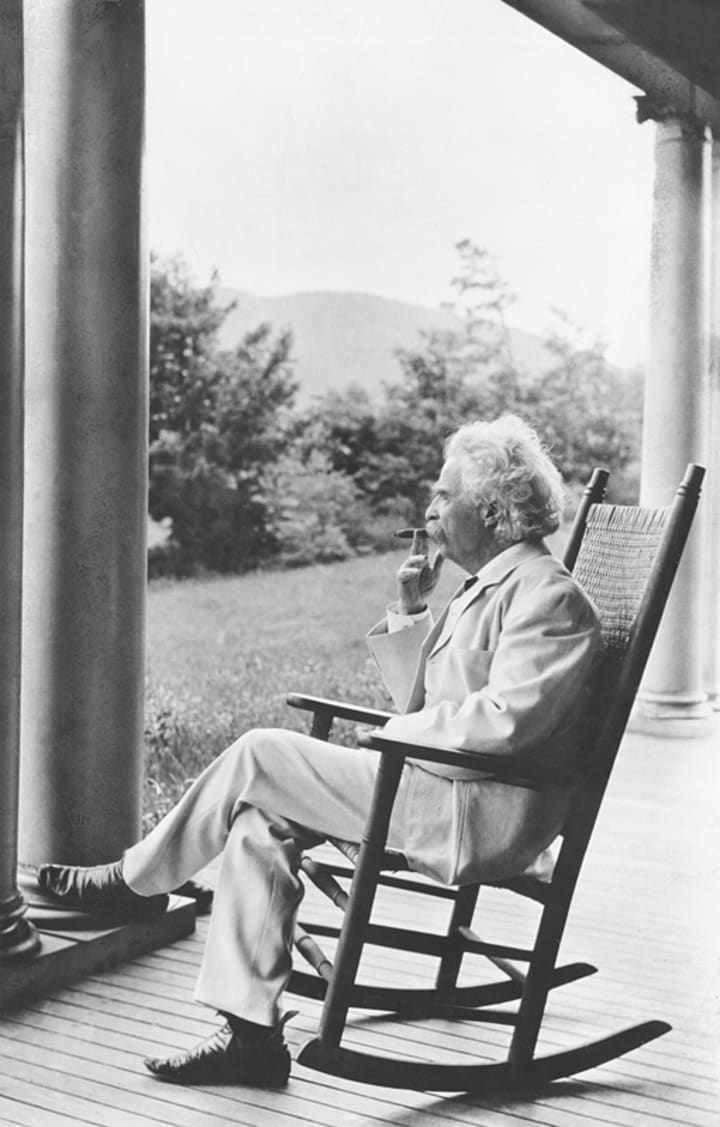
Much has been made of a page in one of Mark Twain’s surviving notebooks upon which he wrote the words:
“I am not AN American, I am THE American.”
Ernest Hemingway, in his view that Twain’s Huckleberry Finn redefined American literature for every writer after him, would be in agreement with this. Hemingway was also of the opinion that Twain was in fact the first to comment on the flaws and contradictions of American ideology, and though he was only able to do so under the guise of humour, he nevertheless laid the groundwork for modernists including F. Scott Fitzgerald and Hemingway himself who a generation later would write explicitly on these matters. In expressing through his writing the voice of the American people for the first time, and reshaping forever the literary conventions of his land, Mark Twain was indeed the American.
About the Creator
Enjoyed the story? Support the Creator.
Subscribe for free to receive all their stories in your feed. You could also pledge your support or give them a one-off tip, letting them know you appreciate their work.
Reader insights
Outstanding
Excellent work. Looking forward to reading more!
Top insights
On-point and relevant
Writing reflected the title & theme
Easy to read and follow
Well-structured & engaging content
Expert insights and opinions
Arguments were carefully researched and presented
Eye opening
Niche topic & fresh perspectives
Compelling and original writing
Creative use of language & vocab
Heartfelt and relatable
The story invoked strong personal emotions
Excellent storytelling
Original narrative & well developed characters
Masterful proofreading
Zero grammar & spelling mistakes

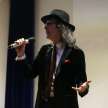




Comments (4)
This post effectively highlights Twain's artful blending of humor and satire to address important societal issues, such as inequality, racial discrimination, and religious extremism. It captures the complexity of Twain's literary legacy and provides valuable insight into his creative and personal journey. In addition to that you astutely highlight Twain's deliberate subversions of moralistic children's stories in "The Story of the Good Little Boy" and "The Story of the Bad Little Boy," before delving into the contrasting narrative styles found in "The Adventures of Tom Sawyer." It really is surprising that I didn't know the whole story behind the name Mark Twain.
Whoaaa, I had no idea that Mark Twain was a pseudonym! It was so fascinating to know the story behind that name! I'm very intrigued regarding his story The Mysterious Stranger! I've not read Tom Sawyer or Huckleberry Finn but I've watched cartoons of them!
Dear Doc ~ Incredibly well told - from the 'fantastical' humorous author - to the learned Professor that you are. Odd to me that Mark Twain had to quit school at (12) yet became the wordsmiths hero: Either you have the 'Words' or you don't, and you certainly have them, my friend. Cigar Toke break anyone? J-Bud
This was beautifully written a lot of things I did not know about him , Mark Twain. He visited Benjamin Franklin graves. You want to know something weird? Before my daughter won the woman’s right poster award, we visited Susan B. Anthony ‘s and Frederick Douglass grave in Mt. Hope cemetery. I actually live five Blocks from Susan B. Anthony museum home now. I had taken my daughter to Susan B. Anthony museum several times.